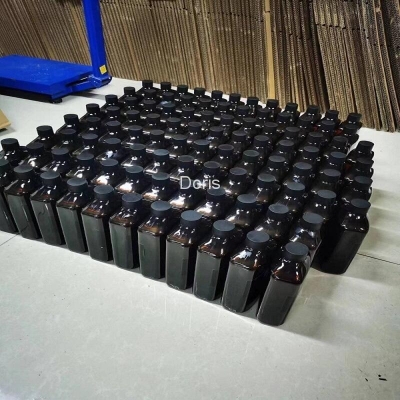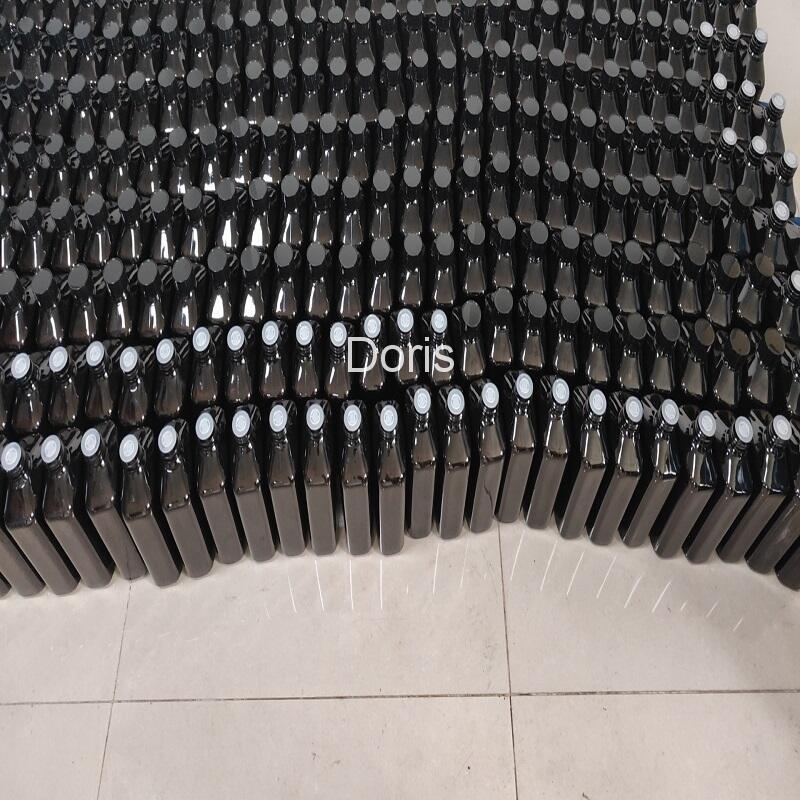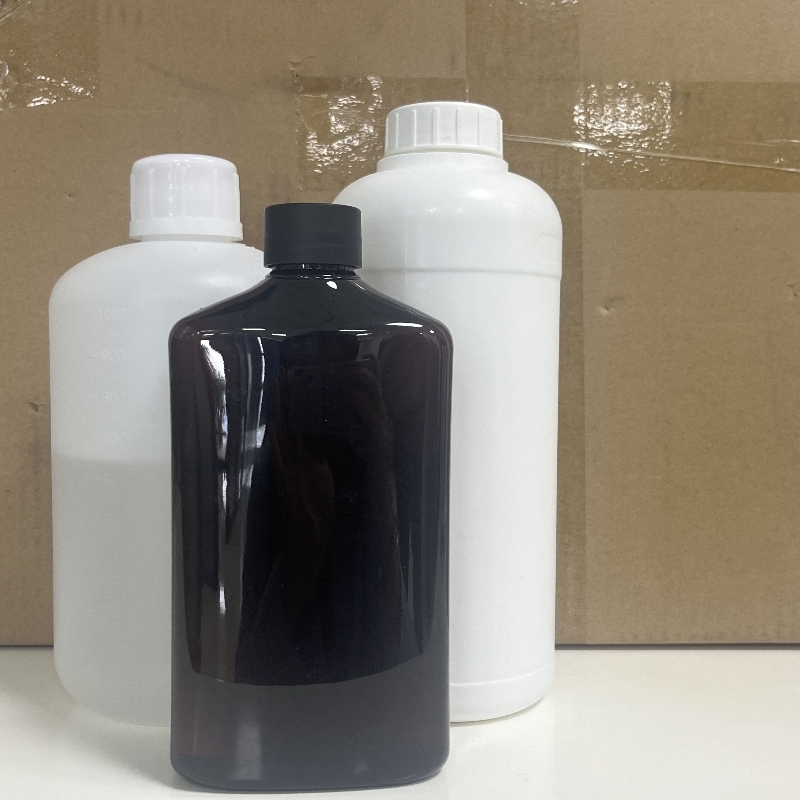Research findings: a new method or cocoa is effective in the treatment of sepsis
-
Last Update: 2018-12-08
-
Source: Internet
-
Author: User
Search more information of high quality chemicals, good prices and reliable suppliers, visit
www.echemi.com
According to the Centers for Disease Control and prevention, one-third of all deaths in the United States are due to sepsis The disease is one of the main causes of death in ICU Researchers at the Medical University of South Carolina (musc) found that when a microRNA called "miR-126 (known to prevent sepsis)" was injected into the body via a nano carrier, the results of sepsis in the preclinical model improved significantly Nearly 67% of the mice treated with miR-126 were still alive at 7 days, compared with 25% of the untreated mice Their findings are published in the latest issue of the Journal of inflammation Sepsis is an overreaction of the human immune system to infection The content of cytokines in the blood is greatly increased, which can also lead to vascular leakage while fighting against infection It can cause leukocytes to escape from blood vessels, and then cause inflammation and damage of surrounding tissues, and finally lead to multiple organ failure and death MicroRNA is a kind of non coding RNA, and its therapeutic application in cancer and other diseases is the focus of research Fan's team has previously shown that mirna-mir-126 can prevent sepsis Fan's team also showed that the cells that regenerate the inner layers of blood vessels help prevent blood vessel damage caused by sepsis However, an obstacle to clinical use of miRNA is the presence of RNases, which degrade and inactivate miRNA The researchers of musc showed that the special nano carrier can effectively load and transport miR-126 in the mouse model of sepsis to protect it from RNase damage Its small size prevents it from being eliminated by the liver, and its charge is easily absorbed by cells The researchers also tested whether nanoparticles (http:// successfully delivered miR-126 to the nucleus by labeling it with a fluorescent dye.
This article is an English version of an article which is originally in the Chinese language on echemi.com and is provided for information purposes only.
This website makes no representation or warranty of any kind, either expressed or implied, as to the accuracy, completeness ownership or reliability of
the article or any translations thereof. If you have any concerns or complaints relating to the article, please send an email, providing a detailed
description of the concern or complaint, to
service@echemi.com. A staff member will contact you within 5 working days. Once verified, infringing content
will be removed immediately.







